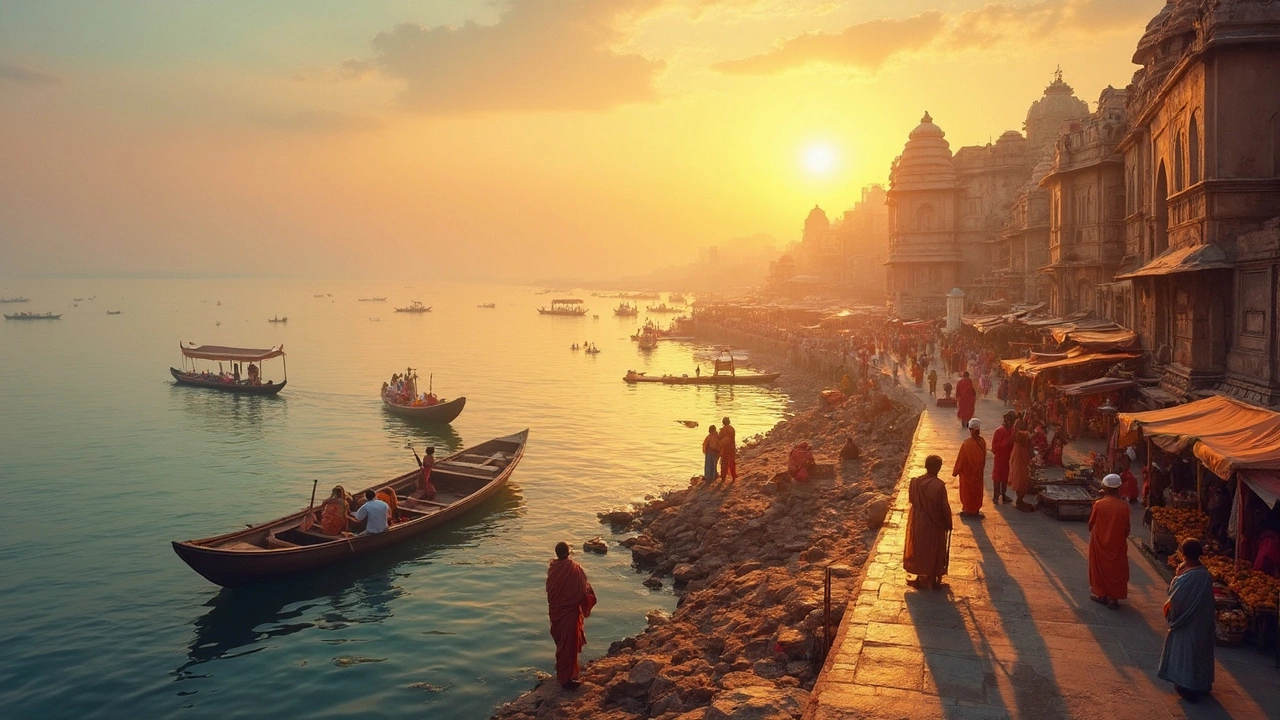Pilgrimage in Tamil Culture: Sacred Journeys, Temples, and Traditions
When people talk about pilgrimage, a purposeful journey to a sacred place, often tied to spiritual devotion or ritual obligation. Also known as tirtha yatra, it’s not just about reaching a destination—it’s about transformation through movement, silence, and surrender. In Tamil culture, pilgrimage isn’t an occasional trip. It’s woven into the rhythm of life. From the towering gopurams of Madurai’s Meenakshi Temple to the cliffside shrines of Palani and the coastal chants of Rameswaram, every step carries meaning. These aren’t tourist spots. They’re living altars where prayers are whispered in Tamil, where oil lamps are lit with bare hands, and where people walk for days just to touch a stone that’s been worshipped for centuries.
What makes Tamil pilgrimage different? It’s the connection between the body and the divine. You don’t just visit a temple—you carry your burdens to it. The 12-day walk to Tirupati, the 88-kilometer barefoot trek to Sabarimala, the annual flood-time journey to the Vaigai River’s ancient shrines—these aren’t performances. They’re acts of humility. People bring simple offerings: coconuts, turmeric powder, fresh flowers. No fancy packages. No guided tours. Just faith, sweat, and song. And behind every major pilgrimage site is a story: a god who appeared in a dream, a saint who vanished into a tree, a queen who built a temple after her son was healed. These aren’t myths you read. They’re stories your grandmother tells you while you wait in line for prasadam.
Related to this are the Hindu temples, sacred architectural spaces designed as cosmic diagrams, where the divine is believed to reside in the idol and the rituals that anchor these journeys. Each temple has its own rhythm—daily abhishekam, weekly processions, annual festivals like Panguni Uthiram or Aadi Perukku. These aren’t events you schedule. They’re events you align with. And then there are the sacred journeys, the physical and spiritual pathways that connect temples, rivers, and mountains into a living map of devotion. In Tamil Nadu, the Kaveri River isn’t just water—it’s a goddess. The hills of Palani aren’t just rock—they’re the body of Murugan. You don’t go to these places to check them off a list. You go because your ancestors did. Because your body remembers the path. Because silence in front of a stone idol speaks louder than any sermon.
What you’ll find in the posts below isn’t a travel guide. It’s a collection of real stories—why Tamils still carry pots of water on their heads to temple steps, how Diwali blends with Karthigai Deepam in rural villages, why some pilgrims walk backward up hills, and how ancient folk songs guide the way. These aren’t abstract traditions. They’re alive. Right now. In the heat of noon. In the chill of pre-dawn. In the quiet hum of a thousand footsteps on stone.
